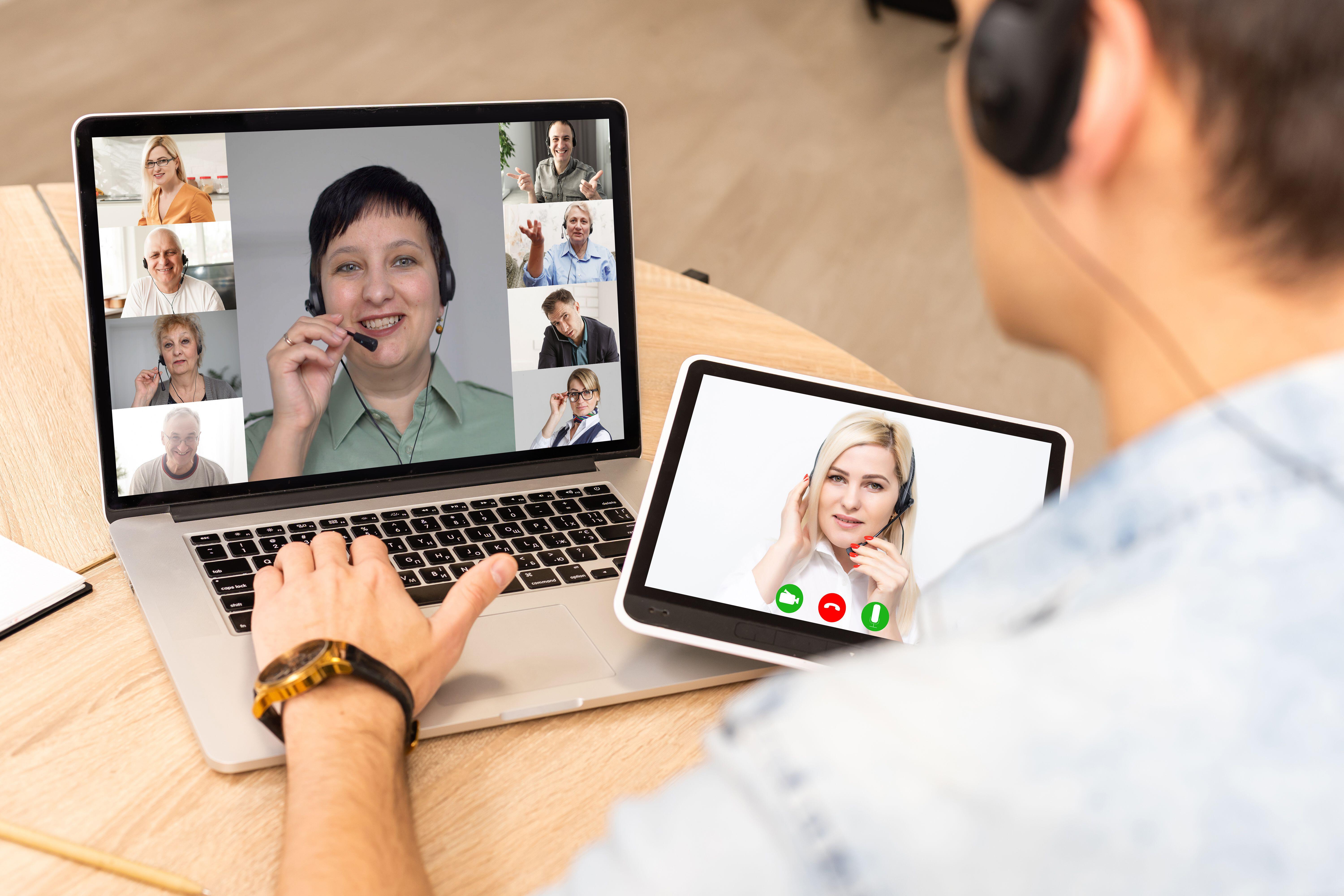Recent Metrigy research shows cultural connections in the workplace are on the decline. Workplace strategists have the opportunity to reverse the decline and create a more collaborative workplace culture.
In Metrigy’s 2022 research, enterprise IT professionals cited a loss of community and culture as the third biggest challenge of supporting a work-from-home (WFH) environment. Today, loss of community and culture is the biggest challenge according to nearly 41% of the 440 enterprise companies in our Workplace Collaboration: 2023-24 global research study. That’s an 11.9% increase compared to the 29.1% of enterprise companies reporting this as their top issue in the 2022-2023 study.
Many companies will, and should, address the cultural disconnect with new office design strategies meant to encourage workplace comfort and lots of space for collaborative work. As a recent Wall Street Journal article touted, “Workplaces that look like your living room; flexible, multiuse spaces; outdoor terraces. Today’s new hybrid work styles are reshaping the office buildings of tomorrow.”
However, collaboration technology is equally as important in establishing connectedness among employees, wherever they're working. Most companies—about 70% in our Workplace Collaboration study—say video meeting applications and team messaging/collaboration applications would be core to any new collaboration strategy going forward. Of the remainder, around 21% would make their office productivity suite the core application for collaborative work.
Many of today’s collaboration applications can surface insights on how employees are engaging with each other and interacting with these tools throughout the day. Employees can then use these insights to self-improve on engagement, productivity, and well-being, while managers and other business leaders can use aggregate employee data to gain an understanding of how their teams are collaborating, engaging, and working throughout the day. Are they meeting too frequently and therefore not spending enough time for heads-down productive work? Or are they not meeting frequently enough, and thus potentially missing out on collaborative work that will move projects forward or fuel innovation?
In Metrigy’s Employee Experience & Workplace Engagement: 2022-23 research study, we found that nearly 42% of 250 participating companies see the ability to understand employee behavior as a key value of collaboration apps. Yet we also know there’s some hesitancy to offer collaborative insights to employees and managers. One concern is a negative impact on culture creation, with employees conflating digital activity monitoring with collaboration insights in a Big Brother-esque scenario, as I heard recently from one enterprise IT leader.
IT, working with HR and other business leaders, must help shift the perception. A starting point is to ensure employees know the difference between digital activity monitoring and collaboration insights. With digital activity monitoring tools, also known as user or employee activity monitoring, managers are able to track and collect an employee’s real-time actions and behavior data on company networks, connected devices, and monitored workstations. Oftentimes, these tools are perceived as virtual babysitters; there’s no trust between employee and company. With collaboration insights, on the other hand, managers are not able to view employee data on an individualized basis. Rather, collaboration insight tools anonymize employee data, mix it all together, and deliver a team view.
By assessing collaboration data at a team level, managers might discover that some teams are meeting too frequently and therefore unable to allot enough time for heads-down productive work. Correlating this data with traditional HR-collected data from employee polls and surveys might show that these teams, in turn, are feeling overwhelmed, dissatisfied, and not engaged with the company. Business leaders can share these findings with employees and make process changes aimed at allowing more individual worktime––and then rinse and repeat for ongoing
adjustment and improvement. Employees will feel “heard,” and, ideally, less stressed, more satisfied, and more engaged.
With insights data, business leaders might also discover which teams are most collaborative or have the highest levels of engagement, correlate to culture and connectivity, and apply lessons learned so that teams that aren’t as engaged or individuals who feel a lost sense of connectivity can have the same experience. Transparency is imperative.
I’ll be exploring the connection between collaboration apps and employee experience during a session at Enterprise Connect 2023, taking place in Orlando, Fla., the week of March 27. Joining me to share their experiences working with enterprises using collaboration insights will be IT industry thought leaders Nicole Herskowitz, vice president for Microsoft Teams and platform marketing at Microsoft (and also a keynote speaker at the event); Jonathan Sass, vice president of product and marketing at Vyopta; and Weston Morris, senior director for global strategy at Unisys. I hope you can join us!
Enterprise Connect 2023 will be held from March 27-30 at the Gaylord Palms in Orlando, FL. You can check out the attendance options here and dive into our line-up of sessions and keynotes here.



